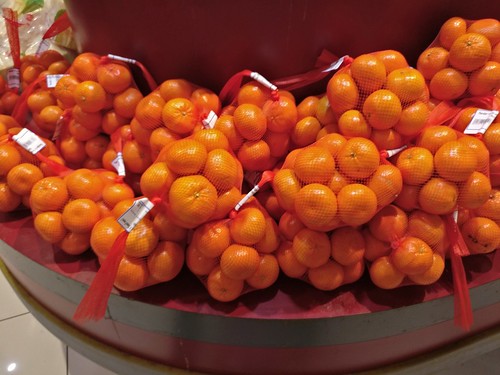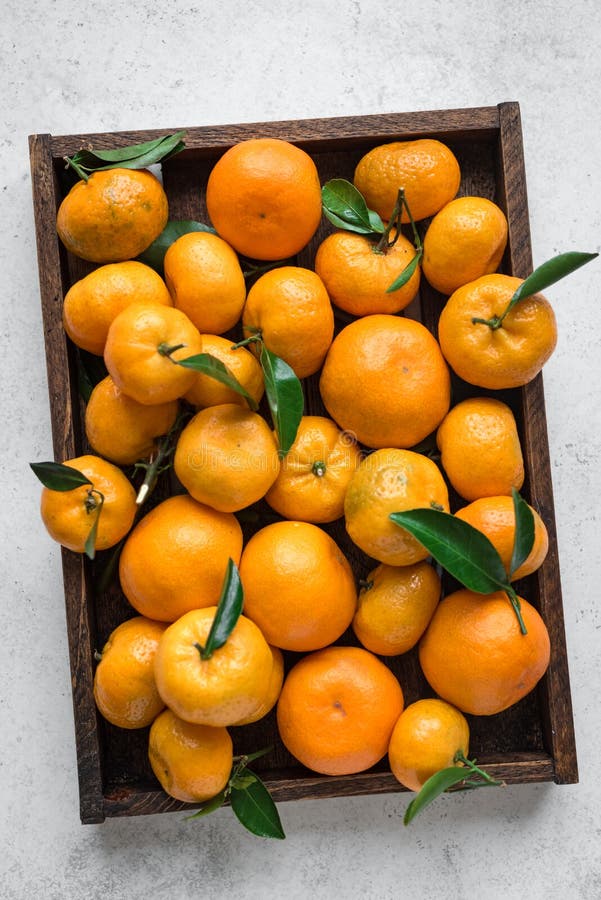

Japan is the leading producer of satsumas. Any of several varieties of tangerine, satsumas are a little larger than clementines, nearly seedless, and very thin-skinned. Also known as a murcott, this variety has a greener skin than other tangerines, but the flesh is more orange and the flavor is sweeter. are actually imported from Spain or Israel.


It is sometimes called an Algerian tangerine, but most clementines sold in the U.S. This fruit is seedless, and smaller and sweeter than most other varieties. The following are among the most common types sold in the United States:Ĭlementine. While most varieties are available from November to March, tangerines are an especially popular Christmas fruit. This orange fruit is an excellent remedy for depression and the winter blues. It is also high in pectin, a soluble fiber that helps lower blood cholesterol. of vitamin A, as well as 130mg of potassium. A medium-size tangerine contains 775 I.U. In addition, tangerines are richer in vitamin A (in the form of beta carotene) than any other citrus fruit. But even a medium-size tangerine fulfills about 50 percent of the adult Recommended Daily Allowance. Ounce for ounce, oranges have about twice as much vitamin C as tangerines. These sweet citrus fruits with loose-fitting skins originated in China, but they are now grown in many parts of the world. Although Americans often use the terms tangerines and mandarins interchangeably, tangerines-along with clementines and satsumas-are actually types of mandarin oranges.


 0 kommentar(er)
0 kommentar(er)
